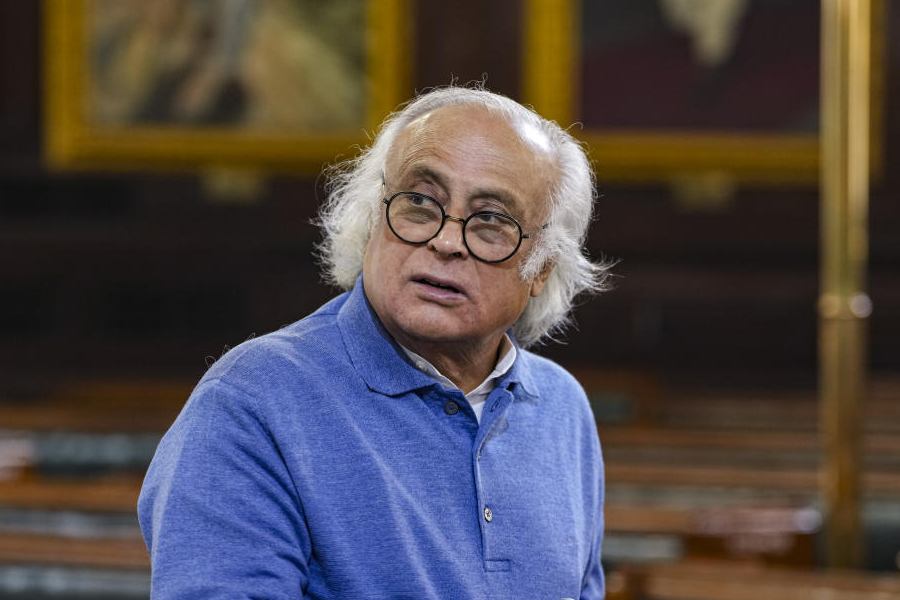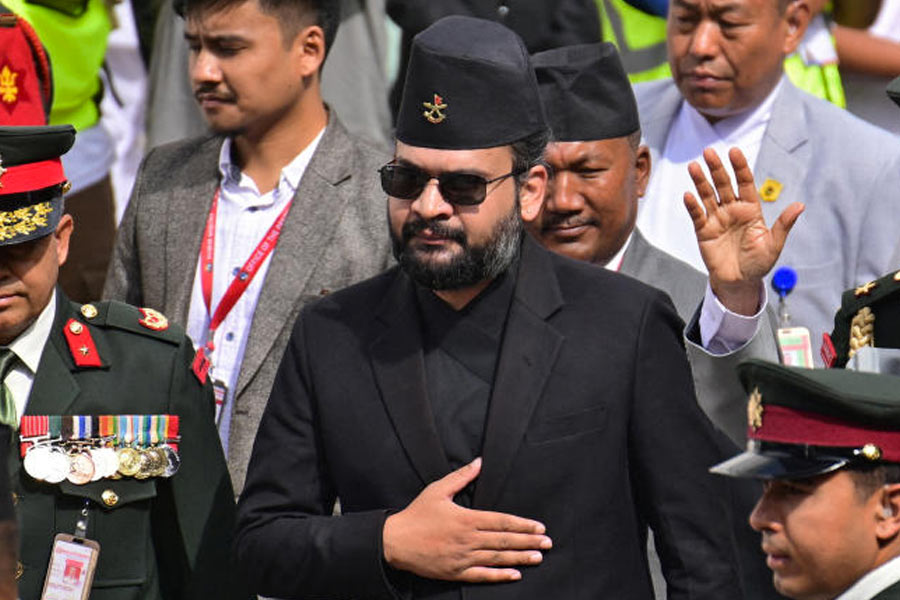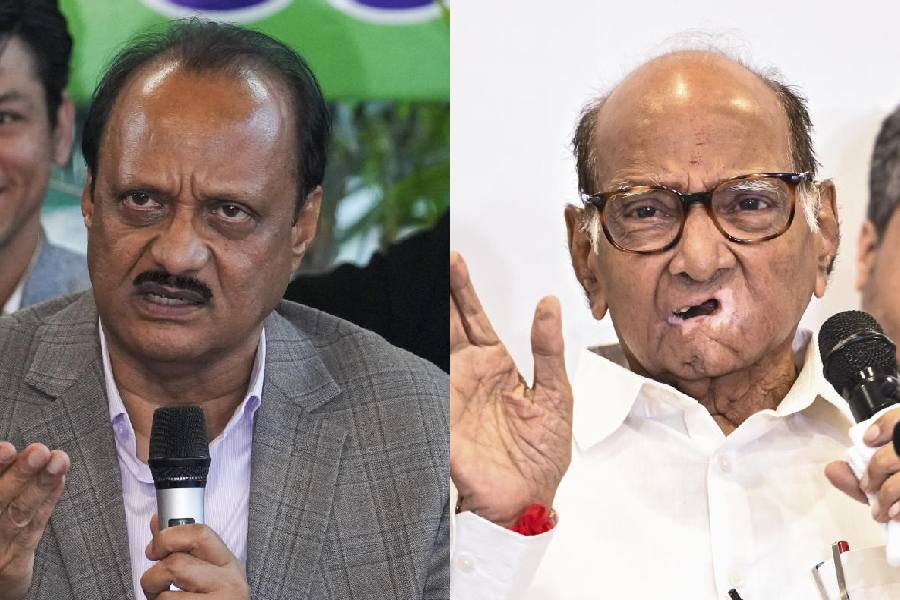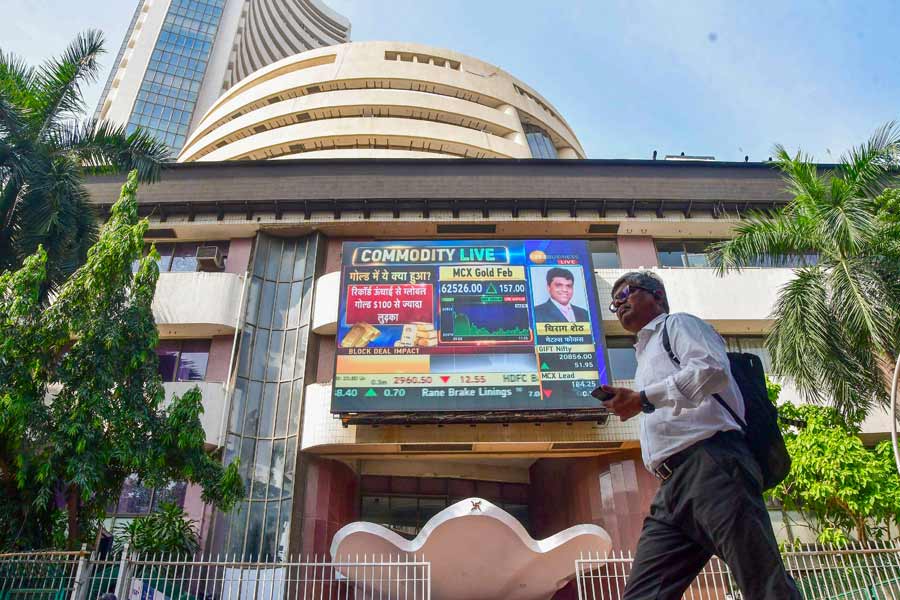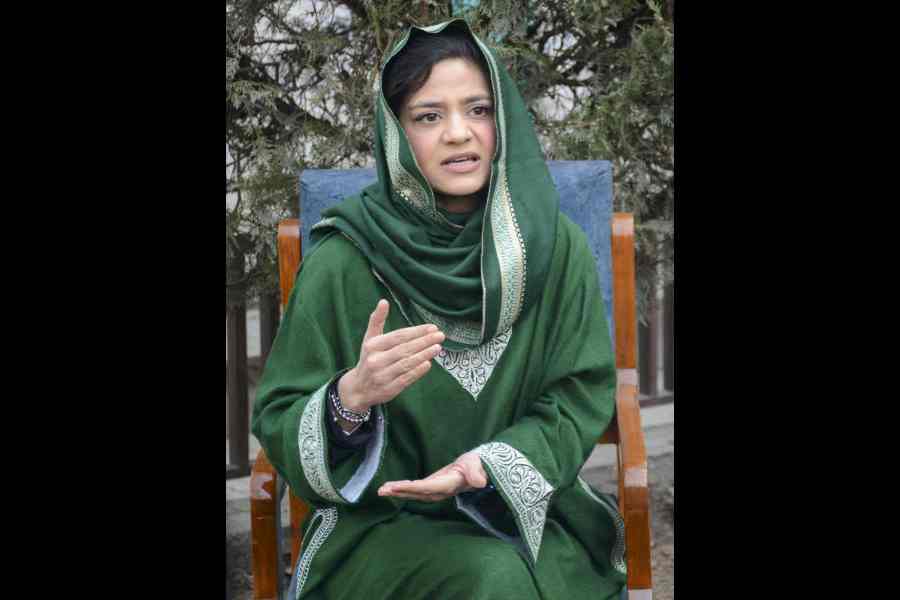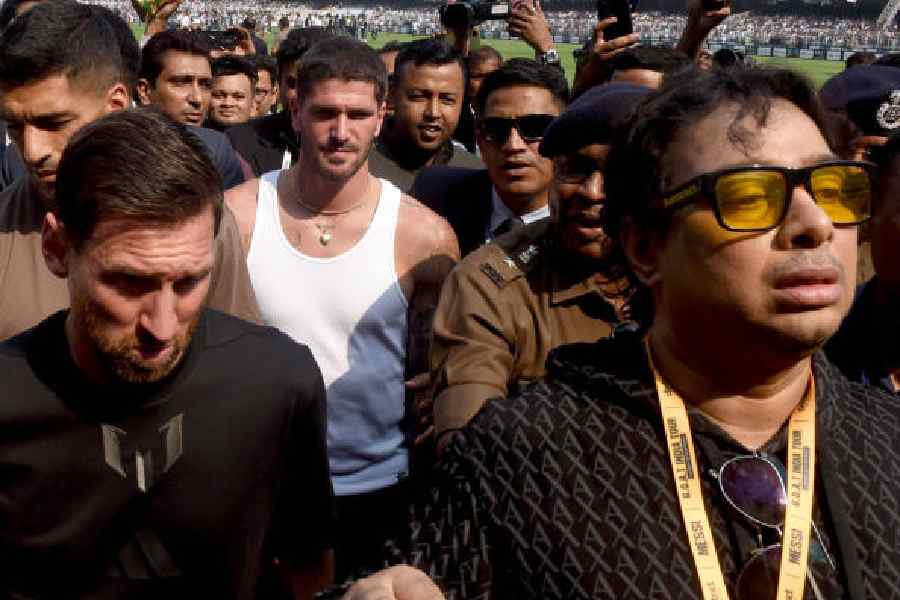PROFILE
 |
Philatelist Souvik Roy is a compulsive collector. He has a magnificent collection of over 20,000 carefully preserved stamps. He has the magpie instinct of a true collector and will collect everything from Chinese wood prints to old coins and even old documents. “I tell everyone to collect something. It need not be only stamps — it’s amazing how much information little things hold about the past,” he says.
But philately is his prime passion. He sorts his collection by themes and has meticulously labelled albums for each of them. He usually decides on a theme and then hunts for stamps in that category. He sources items primarily from professional dealers.
Roy started young at the age of 11. He represented Bengal in a national exhibition in 1977 — and won. As he grew older, he dabbled in graphic designing and painting as well, but studied management and joined the ceramic industry as a marketing professional. After a gap of a decade, he was back in ’92 with a study of 50 years of Bengal (1947-1997).
This collection dealt with the lan-dmark events that Bengal witnessed in those 50 years — from political turmoil to the global recognition of Satyajit Ray. One rare stamp has Pakistan’s name cancelled out with three bars and “Bangla Desh” printed below it. The stamp was issued in Dhaka soon after the creation of Bangladesh. The cancellation and the spelling mistake in the nation’s name adds to its value. Roy won a gold medal in the national exhibition organised by Dak Bharati in 2004 in Ahmedabad, and silver in the one organised in Chennai by the India National Philatelic Exhibition (INPEX) in 2008. “Hinduism: A way of life” was his theme at both exhibitions.
 |
Notable here is the special cover issued in 2003 with the whole story of the Ramayana told in 10 lines of Bengali script. Another eye-catcher are stamps on Indian 17th-18th century miniature paintings from Tanzania.
“A lot of study is needed to build a complete theme. I read a lot and also surf the Internet,” says Roy. The yardsticks at the competitions are not easy to meet. The judges look at the development of the theme, philatelic knowhow, variety as well as the stamps’ rarity.
Roy is all set to go global. He’s pinning his hopes on the 23rd Asia International Philatelic Exhibition Hong Kong 2009 to be held in May. “Weather telegrams will be a part of my collection,” Roy says. Telegrams and phonograms, as part of postal history, play an important role in philately.
Roy is also the secretary of the Forum for Philately in Gorky Sadan, which encourages philately amongst the youth. But he admits that it has lost popularity because few people today communicate by snail mail.
treasure hunt
 |
Roy works from 11pm to 1:30am every night on his stamps. He confesses to have spent huge amounts to buy books that he needed as a collector. He buys stamps regularly but insists that selling is never an option.
Roy often enriches his collection with paper cuttings, photographs and original documents for display philately (used only for exhibitions), that he gathers from old houses that are about to be demolished. “They throw away documents dirt cheap and I buy them by the trunkful,” he says.
For instance, his foray into the now demolished Kasim Bazar Palace in Calcutta yielded a terrific haul of old documents and also showed how they were systematically documented back in 1889. Another prized item is the original telegram sent to Anandabazar Patrika reporting the first formal conference on the canal water dispute held between India, Pakistan and the World Bank.
rare raves
 |
“Working on a philatelic theme is like writing a script. I’ve to tell a story through the stamps,” says Roy. And some of his specimens are extremely rare, like the world’s first silk stamps issued in Bhutan on Buddha’s life.
But the show-stealer in his collection is an almost ordinary-looking but priceless stamp dating back to 1893 with Lord Ganesha etched out in bold black lines. Dantia, a small princely state in Bundelkhand, had its own postal system and the stamp bears proof of it.
He also has original used envelopes featuring yesteryear actors Geeta Dutt and Shashi Kapoor. Production houses promoted their films by printing the star’s photograph on the envelope. Another very rare 1937 envelope features an HMV ad with the famous little dog sitting in front of the gramophone.
Roy is now planning to do a collection on water vessels used in different parts of the world. He reckons his labours will never end for there’s a lot to preserve from the anonymity of time.


